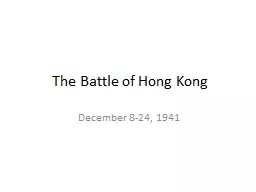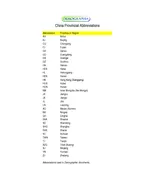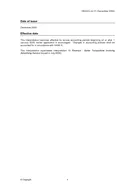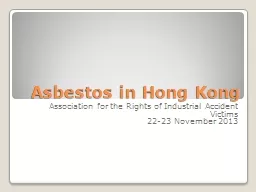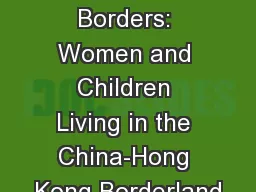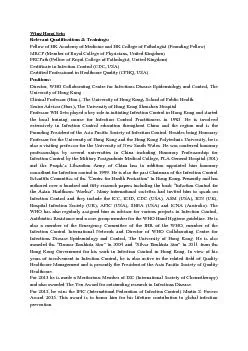PPT-The Battle of Hong Kong
Author : luanne-stotts | Published Date : 2016-04-25
December 824 1941 Japan in WWI During WWI Japan was allied with the Entente Powers our side Japan played an important role in securing sea lanes in the South
Presentation Embed Code
Download Presentation
Download Presentation The PPT/PDF document "The Battle of Hong Kong" is the property of its rightful owner. Permission is granted to download and print the materials on this website for personal, non-commercial use only, and to display it on your personal computer provided you do not modify the materials and that you retain all copyright notices contained in the materials. By downloading content from our website, you accept the terms of this agreement.
The Battle of Hong Kong: Transcript
Download Rules Of Document
"The Battle of Hong Kong"The content belongs to its owner. You may download and print it for personal use, without modification, and keep all copyright notices. By downloading, you agree to these terms.
Related Documents

